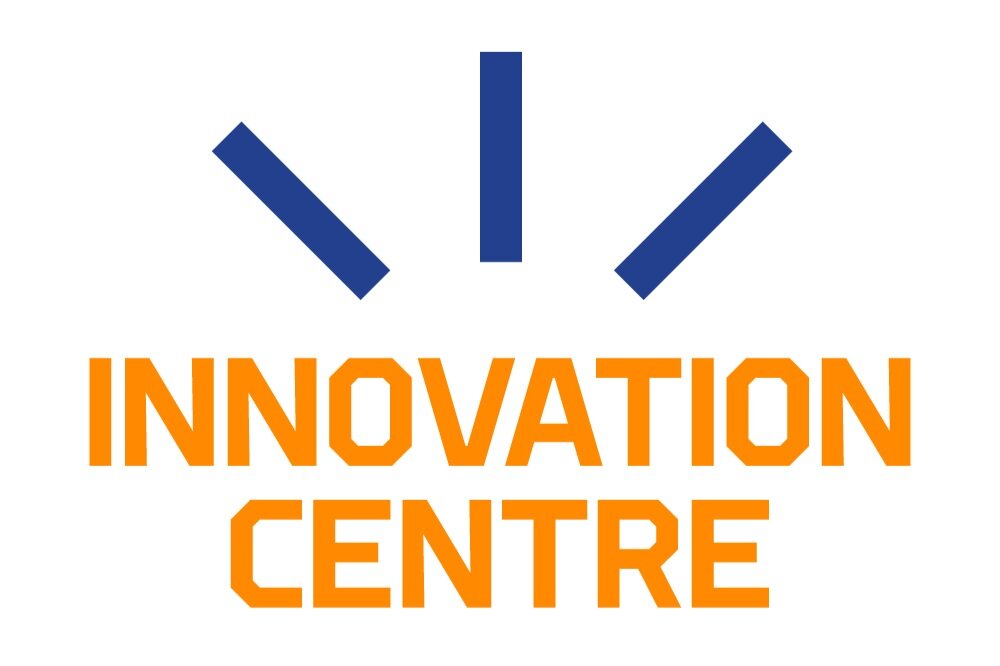What will the world look like in 2040? 10 megatrends shaping our future
As we approach 2025, it’s clear that the world stands at the threshold of profound change. What will society look like in 2040? What megatrends can we identify today that will shape the future? Guided by the insights of Frost & Sullivan’s experts, we delved into these questions and explored their report highlighting 10 pivotal trends set to redefine industries, society, and the way we operate. Here’s a summary of what Frost & Sullivan anticipates for the future.
10 Transformative changes
Megatrends are long-term, global shifts that reverberate across economies, cultures, and industries. They shape how people interact with technology, the environment, and each other.
After analyzing over 70 trends, Frost & Sullivan’s experts identified 23 broader megatrends, which were further distilled into the 10 most impactful ones. Below, we introduce the first five of these trends. The remaining five will be explored in part 2 of this blog series.
1. Advanced computing and communication
Breakthroughs in, for example, artificial intelligence and quantum systems are opening up entirely new possibilities for human-machine collaboration. These advancements have the potential to revolutionize healthcare, disaster management, and education. However, they also come with challenges, including the need for massive data processing capabilities, growing energy demands, and ensuring equitable access to emerging technologies.
2. Biotechnical intervention
Innovations in synthetic biology and genetic engineering are creating new possibilities in areas like healthcare, sustainable agriculture, and alternative protein sources. These advancements are reshaping how we treat genetic diseases, enabling the development of alternative protein solutions, boosting crop yields, and striving to ensure food security for an ever-growing global population.
3. Redefining humanity
Technological progress is set to transform healthcare and expand human potential while reducing the prevalence of diseases. For instance, the World Health Organization has set a goal to eliminate 30 diseases by 2030.
The rise of reverse aging technologies, coupled with advancements in biotechnology and robotics, is blurring the lines between humans and machines. This trend also influences people’s worldviews and beliefs, shifting them toward a more scientific and evidence-based orientation.
4. Rethinking economic fundamentals
Sustainability and well-being are redefining the metrics for economic success. Regional supply chains, digital currencies, and equitable growth are challenging traditional GDP-focused measures.
Frost & Sullivan predicts that by 2040, regional supply chains will become established, and digital currencies will be widely adopted for everyday transactions, revolutionizing the global economic landscape.
5. Reimagining value networks
The rise of circular economies and consumer-driven ecosystems is transforming supply chains. Increasingly, consumers are buying directly from brands, bypassing distributors and retailers. The prosumption economy — where individuals produce what they consume, such as renewable energy at home — is becoming more common.
Businesses, in turn, are creating more flexible and adaptive systems to meet this shift. By 2040, digital platforms will be at the heart of these ecosystems, driving collaboration and innovation across industries.
Preparing for the future
These megatrends present exciting opportunities but also demand thoughtful action and decision-making. Both organizations and individuals should prepare for this rapidly evolving landscape and actively participate in shaping the change. Embracing transformation, fostering collaboration, and investing in innovation will be crucial to staying ahead in this dynamic environment.
The journey toward 2040 continues in part 2 of this blog series, where we’ll explore the remaining five megatrends identified by Frost & Sullivan. Go read it too!
Researcher, did you know that the University of Oulu has a campus license for Frost & Sullivan’s market intelligence database? This means you can access high-value reports free of charge! Leverage these resources for EU or Business Finland funding applications to demonstrate market potential and the need for your solution.
Learn more on Patio (only works with University of Oulu credentials ).


